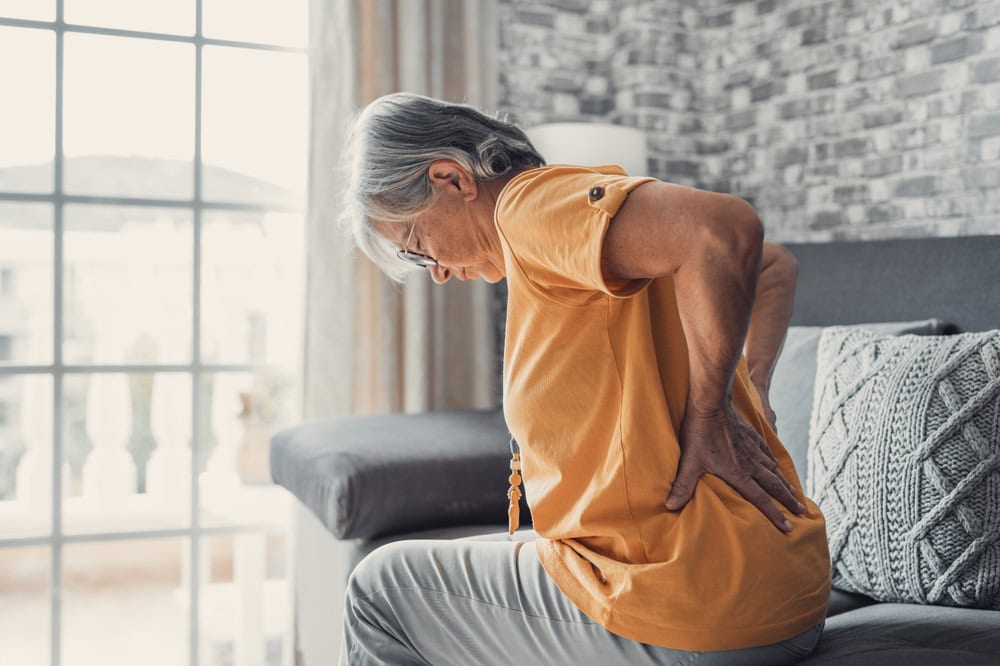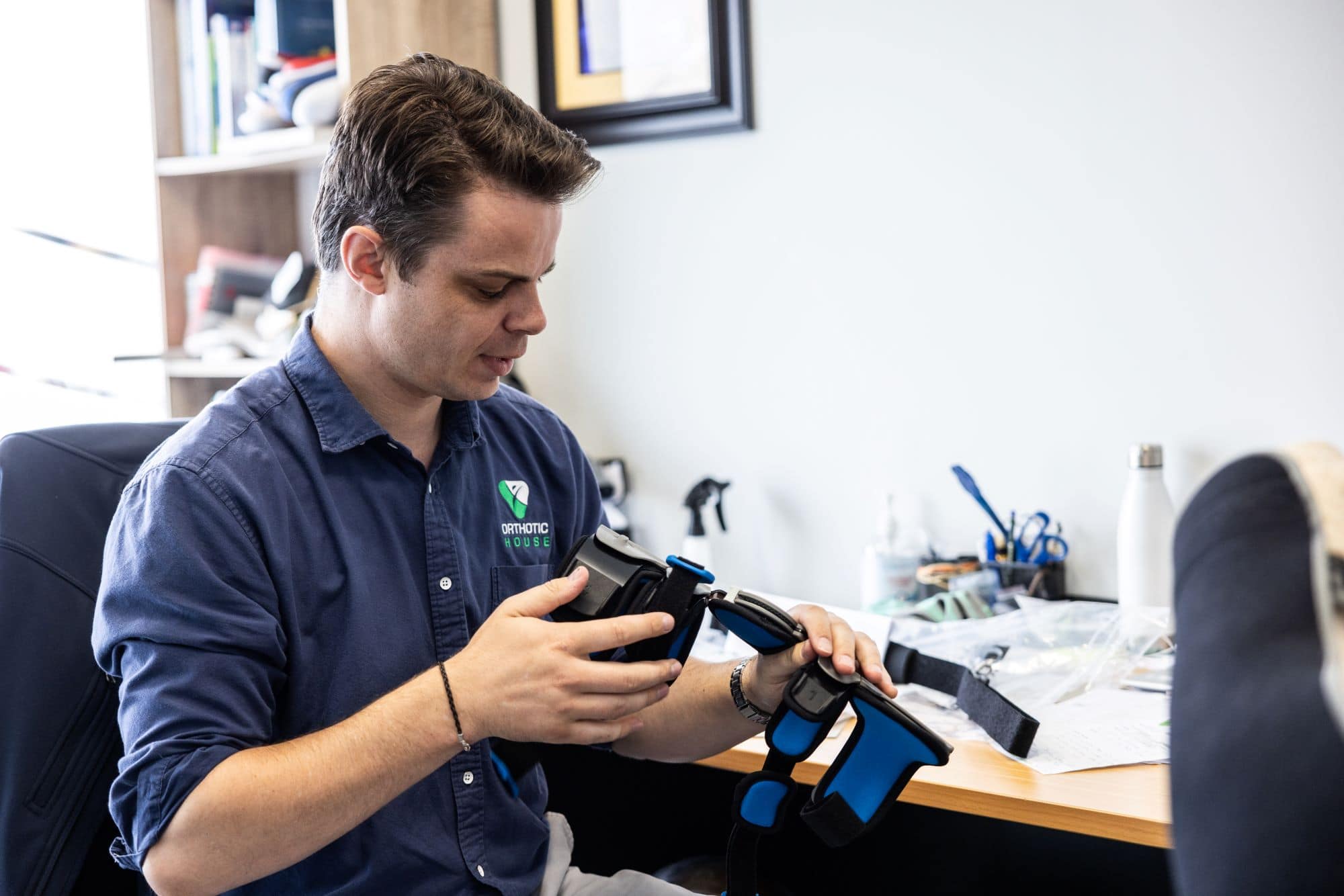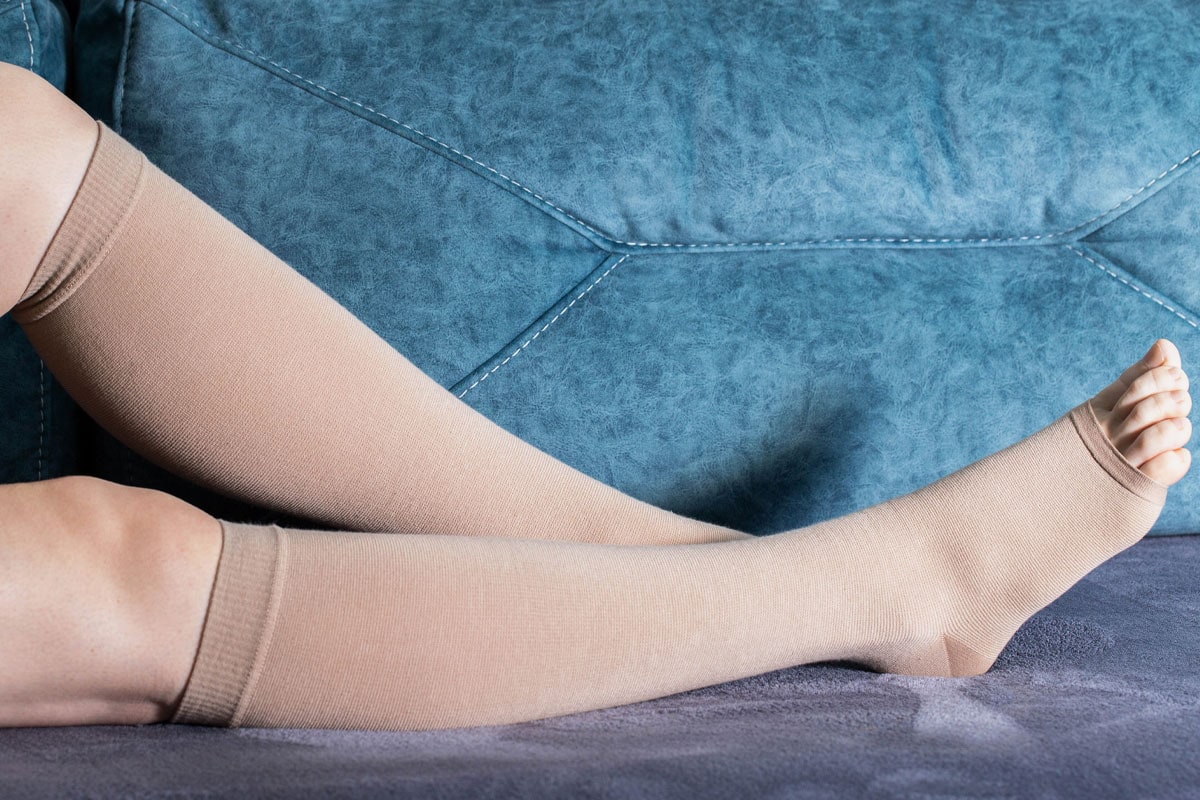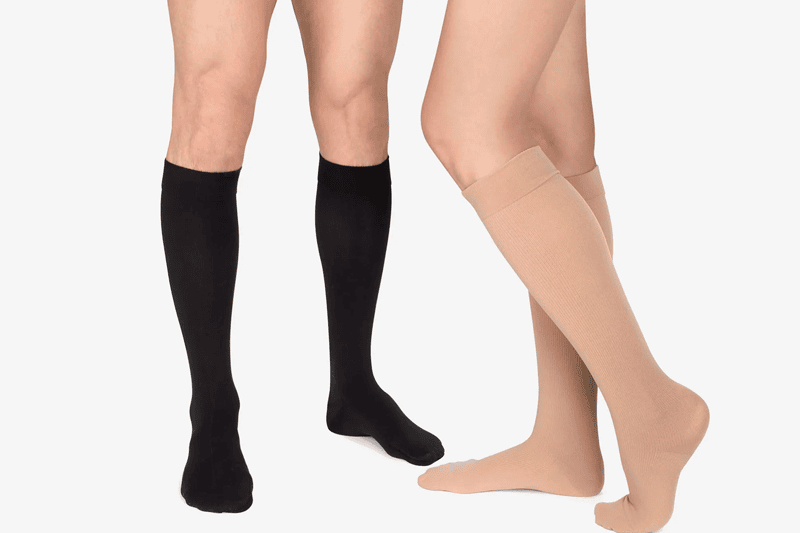Maintaining good posture becomes increasingly challenging, yet crucial for overall health and well-being with aging. Maintaining better posture is essential for improving the health and mobility of older adults.
Posture issues in the elderly can lead to a range of physical problems and impact their quality of life significantly. This blog will help us to understand the causes with consequences and possible potential solutions for these issues.
Causes of Improper Posture Related Issues
There are several factors that contribute to improper posture in the aging population.
- Natural aging process is one of the main causes which affects muscle strength, body flexibility and density of bones. As we age, people often experience a gradual decrease in muscle mass and strength, especially in the core, and back muscles. These muscles are responsible for maintaining good posture.
- In addition to that, weakened bones (caused by Osteoporosis) can occur. This can lead to spinal deformities such as forward curvature of the spine known as Kyphosis making it harder to stand or sit straight and upright, while a sideways curve of the spine (Scoliosis) could also impact posture and breathing.
- Lifestyle changes could be another factor that often accompany aging. Due to decreased mobility or pain, older people develop sedentary habits which also can contribute to poor posture. Prolong sitting, especially in poorly designed chairs or with inadequate back support also contribute to muscle imbalances and spinal deformities.
- Additionally, vision and balance problems (more prevalent in older adults) can also affect posture, causing individuals to unconsciously adopt a hunched or stooped position in order to compensate for decreased stability.

Consequences of Bad Posture
Falls in elderly
Bad posture can lead to a variety of health issues. An increased risk of falls and fractures in elderly is one of the most immediate concerns. When people walk with a stooped posture it alters their center of gravity, which makes them more prone to tripping or losing their balance.
Back, neck and shoulder pain
In addition to that, poor posture can lead to chronic pain in the back, neck, and shoulders or exacerbate the pain. Misalignment of the spine can put undue stress on spine and back muscles, leading to discomfort and reduced mobility.
Respiratory and digestive issues
Poor posture can also impact respiratory function and digestion. The reason is that a hunched posture compresses the chest and abdomen, potentially restricting lung expansion and impairing breathing. Poor posture can reduce oxygen intake and physical endurance, and it can compress the abdominal organs, affecting digestion and causing discomfort in the gastrointestinal tract.

Solutions To Prevent Poor Posture
Prevention and addressing posture problems in the elderly involves a combination of lifestyle adjustments, physical therapies, braces and, in some cases other medical interventions.
- Regular physical exercise is one of the most effective ways to improve posture. Different activities such as walking, swimming, and specific strength-training exercises can help strengthen core muscles, improve, and maintain flexibility, and enhance balance.
- A physiotherapist can provide some tailored exercises and techniques for individuals to improve posture, alleviate pain, and to enhance overall mobility.
- Braces (Orthosis) are also helpful in maintaining better posture, especially when doing certain activities which aggravate the pain or cause imbalance.
- Compression stockings can help reduce or prevent the lower leg oedema in elderly which makes their walks easy and comfortable.
- Posture braces, lower back braces and other supports for injured or weakened parts of the body could help to improve the postural imbalance.
- One should also ensure that the living environments are conducive because it is vital for good posture. Having ergonomic furniture, for instance chairs with proper lumbar support and adjustable heights are helpful to maintain correct posture while sitting.
In conclusion, posture problems in the elderly are a common issue and have significant implications for health and quality of life. Older adults can reduce discomfort, maintain better posture, and improve overall well-being by understanding the causes and consequences of poor posture and implementing targeted interventions.




